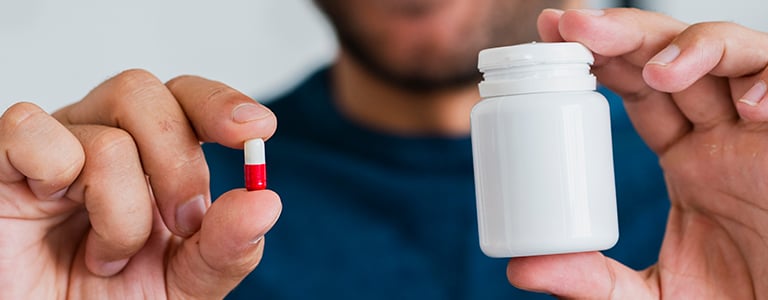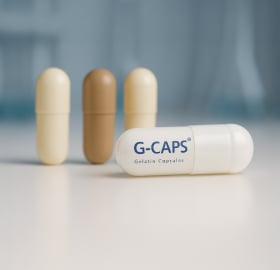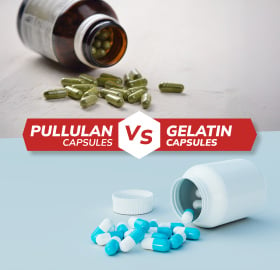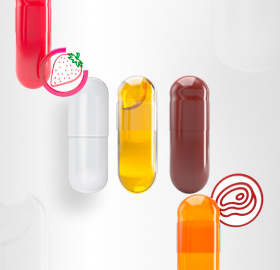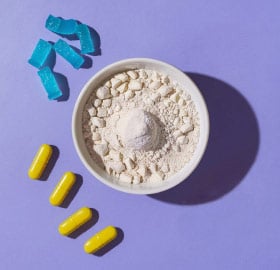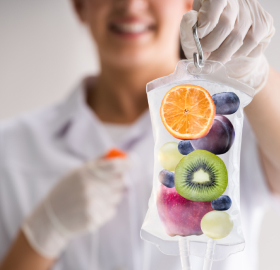What medicine delivery system has been employed by healers since the times of the ancient Egyptians, Romans and Greeks? Pills. In fact, the first known reference to pills is found in papyruses from ancient Egypt, describing pills made from bread dough, honey or grease. Other early pills used clay to help hold the medicinal ingredients together in the shape of little balls.
Of course, a big problem with pills made from bread dough or clay is swallowability. Which is why, in medieval times, it became popular to coat pills with slimy plant substances. It was also hoped that this would help mask the usually-bitter taste of the medicine.
Luckily for us, pill-making technology has advanced a great deal since ancient times
The origin of the modern gelatin capsule
Today’s two-piece hard gelatin capsules are a massive improvement over yesterday’s clay pills! Two-piece telescoping gelatin capsules were originally patented by James Murdoch of London in 1847. They’ve been used throughout the world for over 100 years and have been in widespread use in the U.S. since the 1880s.
That said, today’s empty capsules are not the same as those that Murdoch made. There have been many changes over time, including:
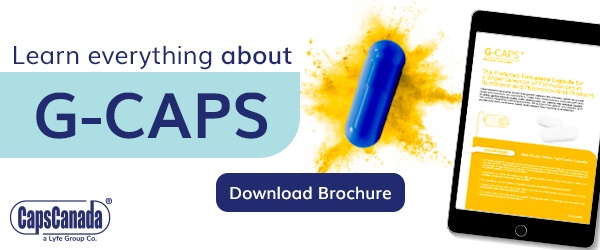
- Gelatin quality: Gelatin makers are now able to achieve a high degree of uniformity within and between lots. Quality capsules, of course, depend on quality raw ingredients. In this area CapsCanada’s vertical integration—we own our bovine hide based gelatin supply—gives us complete control over the quality and availability of this crucial raw ingredient.
- Capsule design: Design improvements have resulted in empty capsules that are meant to be run on high-speed filling machines and feature air vents, locking mechanisms and more. CapsCanada’s gelatin capsules have an excellent capsule-to-tooling fit as well as stronger domes to reduce splits, tucks and breaks.
- Capsule making technology: Thanks to improvements in capsule making technology, CapsCanada manufactures gelatin capsules that have extremely tight tolerances. As a result, the capsules run smoothly in filling machines from one lot to the next.
Why hard gelatin capsules remain so popular with pharmaceutical companies
Two-piece gelatin capsules, which are widely available, offer an optimal combination of in vivo performance, excellent handling in high-speed filling machines and shelf-life stability. Here are some of the many reasons why this medicine delivery system has stood the test of time to remain a top choice of the global pharmaceutical industry…
• Cost efficiency – Because the raw materials are less expensive and the manufacturing process is less complex, gelatin capsules are more budget-friendly than two-piece capsules made from HPMC.
• Safety – Gelatin has Generally Recognized as Safe (GRAS) status for pharmaceutical applications from most of the world’s regulatory authorities. It is non-allergenic, natural, and free of Genetically Modified Organisms (GMOs). Our G-CAPS® Gelatin capsules are made from bovine hide (not porcine as is common with other suppliers), G-CAPS®, and are certified as Kosher and Halal as well.
Keep learning about capsule technology trends...
- Gelatin capsules vs. HPMC capsules: What are the differences?
- 5 Ways to Use G-CAPS® to Differentiate Your Product
- Flavored capsules: the next customization level
• Flexibility – Gelatin capsules can be used in a wide range of formulations and applications, including to encapsulate large-dose actives and heat-sensitive drugs that cannot be made into tablets. They can be filled with powders, granules, beads, liquids and tablets—or a combination of fill types.
• Customizability – Two-piece gelatin capsules can be customized in a number of ways, including size, colors, banding, finishes, printing options and even flavors. This is important, because FDA guidelines encourage pharmaceutical companies to make it easy for consumers to distinguish one drug from the next.
• Immediate API release – Dosing is an important factor for evaluating capsule performance. The sooner the capsule opens in the stomach, the sooner the Active Pharmaceutical Ingredient (API) becomes available for absorption by the body. Gelatin capsules dissolve quickly and reliably as intended.
• Low oxygen permeability – Because gelatin capsules have a low oxygen permeability, they are an excellent choice for oxygen-sensitive APIs.
• Excellent mechanical resistance – Gelatin capsules can withstand the heat of a filling machine without affecting their functionality.
• Consumer preference – Studies have shown that consumers prefer all varieties of capsules to tablets. Capsules are easier to swallow and can mask unpleasant tastes and odors. Plus, capsules can be made without binders or other excipients, which can make them easier to digest.
Conclusion
When all factors are considered, it is no surprise that two-piece gelatin capsules have stood the test of time. To request samples or schedule a manufacturing trial using CapsCanada’s G-CAPS®.



